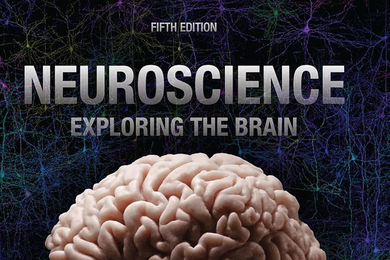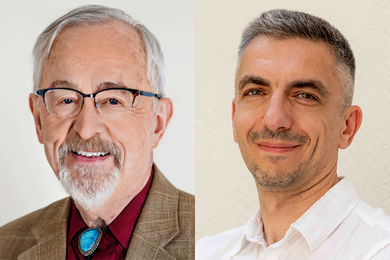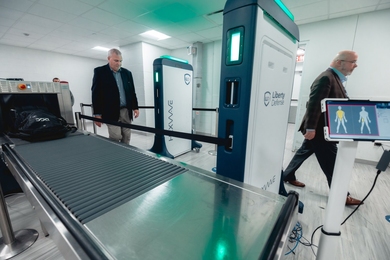The Harvard-MIT Division of Health Sciences and Technology (HST) has announced the winners of the 1999-2000 John F. and Virginia B. Taplin Awards.
Started in 1997 by John F. Taplin (SB 1935), the purpose of these awards is to build infrastructure in biomedical engineering, physics and chemistry. This year's awards focused on creating or strengthening HST programs in long-distance learning and communication, biomedical engineering, bioinfor-matics and computational biology, rehabilitation medicine, and cellular biology. Each recipient, all of whom are HST faculty, will receive $50,000 to use toward course development.
This year's winners are:
Julie E. Greenberg, research scientist in the Research Lab of Electronics, MIT. Her proposal, "Development of Interactive Course Notes for Distance Learning," will improve communications by using an interactive web-based package. This is intended to break down barriers to biomedical engineering education by making concepts tangible to students with a variety of backgrounds and experiences. The goal is to develop a collection of interactive modules for biomedical signal and image processing for use in the HST subject Biological Signals and Image Processing and other courses at MIT, Harvard and elsewhere.
Dava J. Newman, associate professor in the Department of Aeronautics and Astronautics, MIT. One of the prime objectives of her proposal, "Development of Curriculum for the HST/NSBRI Space Life Science Educational Program," is to help develop educational programming for graduate students in all of the NSBRI (National Space Biomedical Research Institute) member institutions. (The NSBRI is a consortium that includes MIT, Baylor College of Medicine, Harvard Medical School, Johns Hopkins University, Morehouse School of Medicine, Rice University and Texas A&M University.) Her work will develop a multimedia program that will become part of HST's curriculum.
Seth Teller, the X-Consortium Associate Professor of Computer Science and Engineering in the Department of Electrical Engineering and Computer Science (EECS), MIT. Professor Teller's proposal, "Algorithmic Curricula, with Evaluation, Feedback and Recording," will integrate topical HST offerings into Fusion, an on-line teaching environment. This system has been used for course offerings and with several hundred students at MIT and Washington State University. The specific plans include integrating HST simulation-based materials with Fusion to provide seamless delivery to students and to get feedback from the teaching staff in a short-distance environment.
Jose G. Venegas, assistant professor of Anesthesia (Bioengineering) at Harvard Medical School, Department of Anaesthesia and Critical Care at MGH. The Respiratory Pathophysiology subject is one of HST's most popular courses as it provides a strong quantitative approach to, and theoretical modeling of, up-to-date medical and biological concepts. Dr. Venegas's project, "Development of a Simulator Based Module for Respiratory Pathophysiology HST 100 Course," will use a patient simulator platform to allow students to manage clinically realistic situations and apply what they have learned in coursework.
Thomas F. Weiss, the Thomas and Gerd Perkins Professor of Electrical and Bioengineering in EECS, MIT. His proposal, "Software to Teach Bioengineering: Cellular Homeostasis Simulator," will allow students in bioengineering, biophysics, cell biology and physiology to perform simulation experiments on the model cell and examine the results with a flexible graphics package. This simulator allows students to develop an intuition for cellular homeostatis, which enhances their understanding and enables interesting projects that engage the students.
The winners were announced Monday at HST's graduation in the MIT Faculty Club.
A version of this article appeared in the June 9, 1999 issue of MIT Tech Talk (Volume 43, Number 33).





